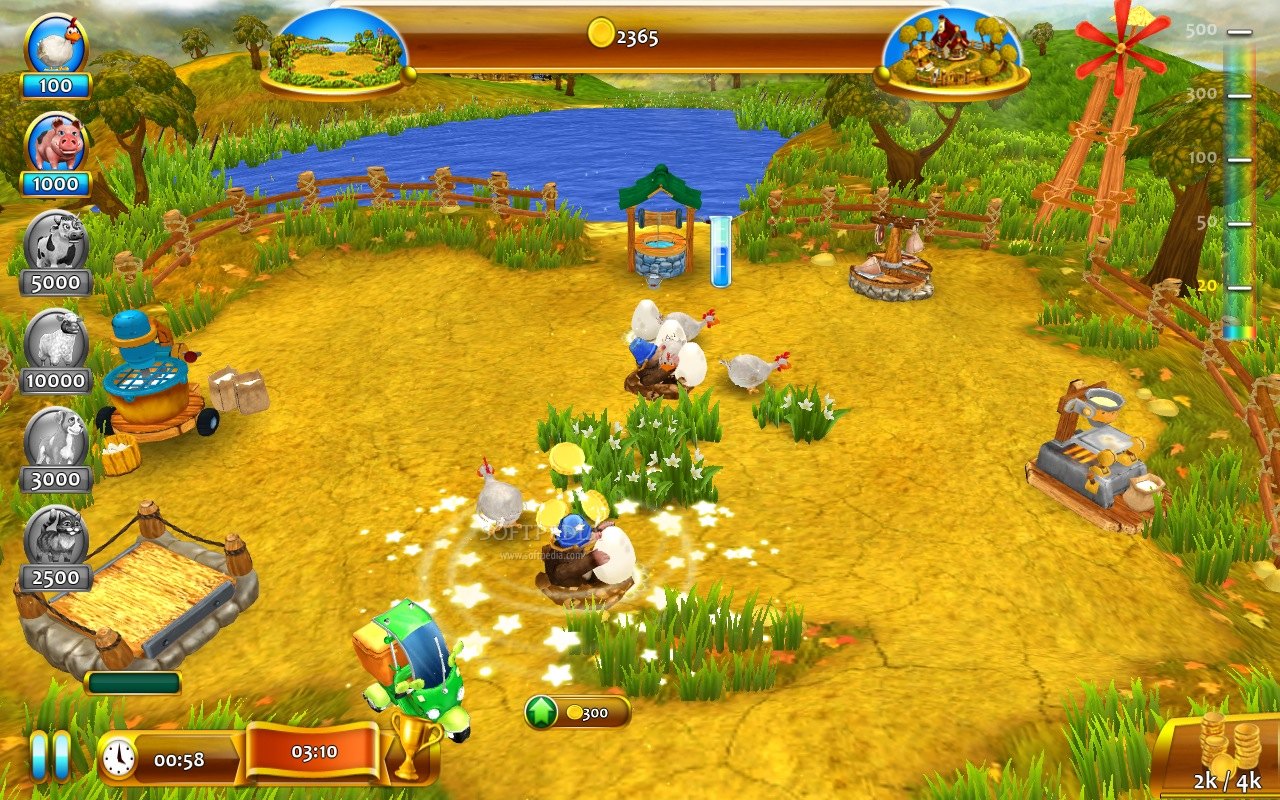- Oct 24, 2019 Mac Pro introduced in early 2008 or later Xserve models introduced in early 2009. To find your Mac model, memory, storage space, and macOS version, choose About This Mac from the Apple menu. If your Mac isn't compatible with OS X El Capitan, the installer will let you know.
- If you need to purchase Mac OS X 10.7 Lion, you may order it from this page. The most current version of OS X is OS X 10.9 Mavericks. To learn more, please click here. What do you receive: An email with a content code for the Mac App Store. Note: Content codes are usually delivered within 1 business day but may occasionally take longer.
Download file - Install Mac OS X Lion 10.7.0 Lion.dmg. FAST INSTANT DOWNLOAD Download type.
Mac OS X Lion 10.7.5 free download standalone DMG image installer for Macintosh. The Mac OS X Lion 10.7 is a very powerful Mac OS focusing on the security, stability, and the compatibility of the Mac.
Mac OS X Lion 10.7.5 Overview
OS X Lion is a stable Mac OS release providing a bundle of powerful features to enhance the performance of the operating system along with various improvements and enhancements. This release focusses on the compatibility, security and the stability of the Mac. The Gatekeeper is a security feature providing better security features to help in protecting Mac from malicious software.
Additionally, this release includes various bug fixes and enhancements to increase the stability of the OS. It resolves issues with the icons in the Launchpad, Spotlight searching for SMB server and MacBook Air audio playing when Thunderbolt display is connected. Moreover, this OS also improves the Wi-Fi reliability for iMac. Numerous other enhancements and various new features are also there to improve the usability of Mac OS X Lion.
Features of Mac OS X Lion 10.7.5
Some of the features of Mac OS X Lion 10.7.5 are:

- Powerful and stable Mac OS X update release
- Improves the Wi-Fi reliability for iMac
- Fixes issue with the icons in Launchpad
- Spotlight searching SMB server issue fixing
- Better compatibility for connecting Active Directory Servers
- Different Audio and Visual enhancements
- Improvements in Active Directory clients
- Enhancements for iCal events when migrating to Exchange Server
- Better compatibility with RSA token for 802.1X authentication
- Centrify DirectControl Authentication improvements
- Automatic logging into NIS account and many other powerful features
System Requirements for Mac OS X Lion 10.7.5
Before you download Mac OS X Lion 10.7.5, make sure that your system meets the given requirements.
- Free Hard Disk Space: 7 GB of minimum free HDD
- Installed Memory: 2 GB of minimum RAM
- Processor: Intel Core 2 Duo or higher
Mac OS X Lion 10.7.5 Free Download
Click on the below link to download the standalone offline DMG image installer of latest Mac OS X Lion 10.7.
- Reinstalling Lion
Upgrading to OS X 10.7 (Lion)
Mac Os X 10.0 Download
OS X 10.7 (Lion) is no longer available for purchase from the MacApp Store. If you have an earlier version of Mac OS X and yourcomputer meets the systemrequirements for OS X 10.10 (Yosemite), you can upgrade directlyto that version instead; see ARCHIVED: How do I install or upgrade OS X 10.10 (Yosemite)?
If your computer does not support Yosemite or you would rather haveLion, you may still be able to purchase it directly from Apple(1-800-MY-APPLE).
Reinstalling Lion
Mac Os X 10.10 Download Free
Mac Os X 10.7 1 Download Torrent
Reinstalling while keeping files, applications, andsettings
Mac Os X 10.7 1 Download Windows 7
- Restart your computer, and immediately hold down
command-runtil the gray Apple logo appears. - If prompted, select your main language and then click the arrow.
- Click Reinstall OS X, and then Continue. Follow the instructions on the screen, and then choose your hard disk. Click Install, and enter your Apple ID information if prompted.
- When the installation is complete, select App Store... from the Apple menu, and install any available updates.
Reinstalling while erasing everything on your computer
Mac Os X 10.7 1 Download 32-bit
Restart your computer, and immediately hold down
command-runtil the gray Apple logo appears.- If prompted, select your main language and then click the arrow.
- Click Disk Utility, and then Continue.
- In Disk Utility, from the left column, click your harddisk. Select the Erase tab.
- Next to 'Format:', make sure Mac OS Extended (Journaled)is selected. Next to 'Name:', give your disk a name.
- If you would like to securely erase your data, click SecurityOptions..., adjust the slider accordingly, and clickOK. When you're ready, click Erase..., andthen Erase again to erase your disk. When the processcompletes, quit Disk Utility.
- Click Reinstall Mac OS X, and then clickContinue. Follow the instructions and then choose your harddisk. Click Install and enter your Apple ID information ifprompted. Once the installation is complete, you will be asked toenter basic information and have the option to transfer data fromanother computer or a backup.
- From the Apple menu, select Software Update... andinstall any available updates.